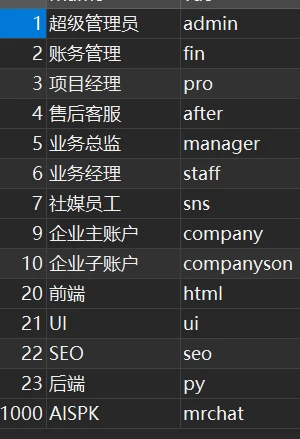



Simple Methods for Growing Sodium Chlorate Crystals at Home
Growing Sodium Chlorate Crystals A Simple Guide
Sodium chlorate (NaClO₃) is a fascinating compound that is not only valuable in various industrial applications but also an interesting subject for crystallography enthusiasts. Known for its distinctive, large crystals and ease of growth, sodium chlorate is a perfect candidate for anyone wanting to delve into the art of crystal growing. This article will guide you through the process of growing your own sodium chlorate crystals, discussing the materials, methods, and tips for success.
Understanding Sodium Chlorate
Sodium chlorate is an oxidizing agent often used in herbicides, as a bleaching agent in the paper industry, and in the manufacture of explosives. The compound typically forms colorless or white crystals, which can attain impressive sizes under suitable conditions. The properties of sodium chlorate make it a popular choice for educational demonstrations in chemistry classrooms, highlighting the beauty of crystallization.
Materials Required
To grow sodium chlorate crystals, you will need the following materials
- Sodium chlorate (available from chemical suppliers) - Distilled water - A heat source (such as a stove or hot plate) - A glass container (like a beaker or jar) - A stirring rod or spoon - String or a wooden stick (for suspending the crystal)
Ensure safety by wearing gloves and goggles when handling chemicals
.sodium chlorate crystals are easy to grow

Step-by-Step Guide
1. Prepare the Solution Start by creating a saturated sodium chlorate solution. Heat distilled water in your glass container until it's warm (but not boiling). Slowly add sodium chlorate to the warm water while stirring continuously until no more solute can dissolve. This indicates that you've achieved a saturated solution.
2. Cooling the Solution Once the solution is prepared, allow it to cool down to room temperature. The cooling process is vital, as it enables the crystals to begin forming when the solution is less stable.
3. Crystal Seeding To encourage crystal growth, you can use a small existing crystal of sodium chlorate or a piece of string tied to a stick that can be suspended in the solution. This serves as a nucleation point for new crystals to form.
4. Allowing Crystals to Grow Place the container in a quiet, undisturbed location where it won’t be disturbed. Ideally, the environment should be cool and dark to prevent evaporation and unwanted disturbances. Over several days or weeks, you should start to notice the formation of crystals.
5. Harvesting Crystals Once you see that the crystals have grown to a satisfactory size, carefully remove the container from its location. Gently extract the crystals using a spoon or by carefully untying the string. Allow them to dry on a paper towel.
Final Thoughts
Growing sodium chlorate crystals can be a rewarding and educational experience. The impressive size and clarity of the crystals make for excellent display pieces. While the process requires some patience, the results are well worth the effort. Always remember to adhere to safety guidelines when working with chemicals, and enjoy the beauty of your newly grown crystals.
-
Why Strontium Carbonate Still MattersNewsJun.06,2025
-
Why BaSO4 MattersNewsJun.06,2025
-
Why Barium Carbonate Still MattersNewsJun.06,2025
-
Strontium Hydroxide: A Versatile Compound for Modern ApplicationsNewsJun.06,2025
-
Strontium Chloride in Daily IndustryNewsJun.06,2025
-
Pure Potassium Nitrate for SaleNewsJun.06,2025
-
What Is Sodium Bisulfate Used For?NewsMay.15,2025










